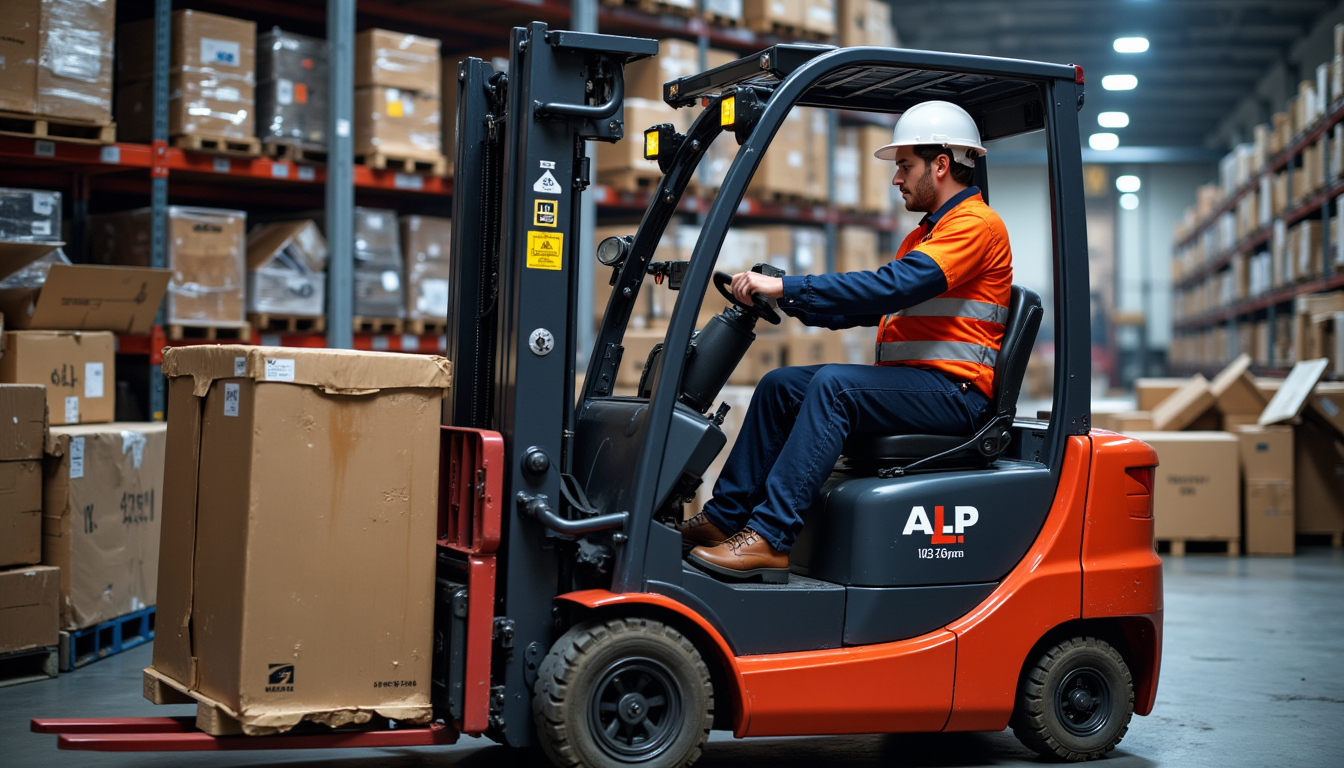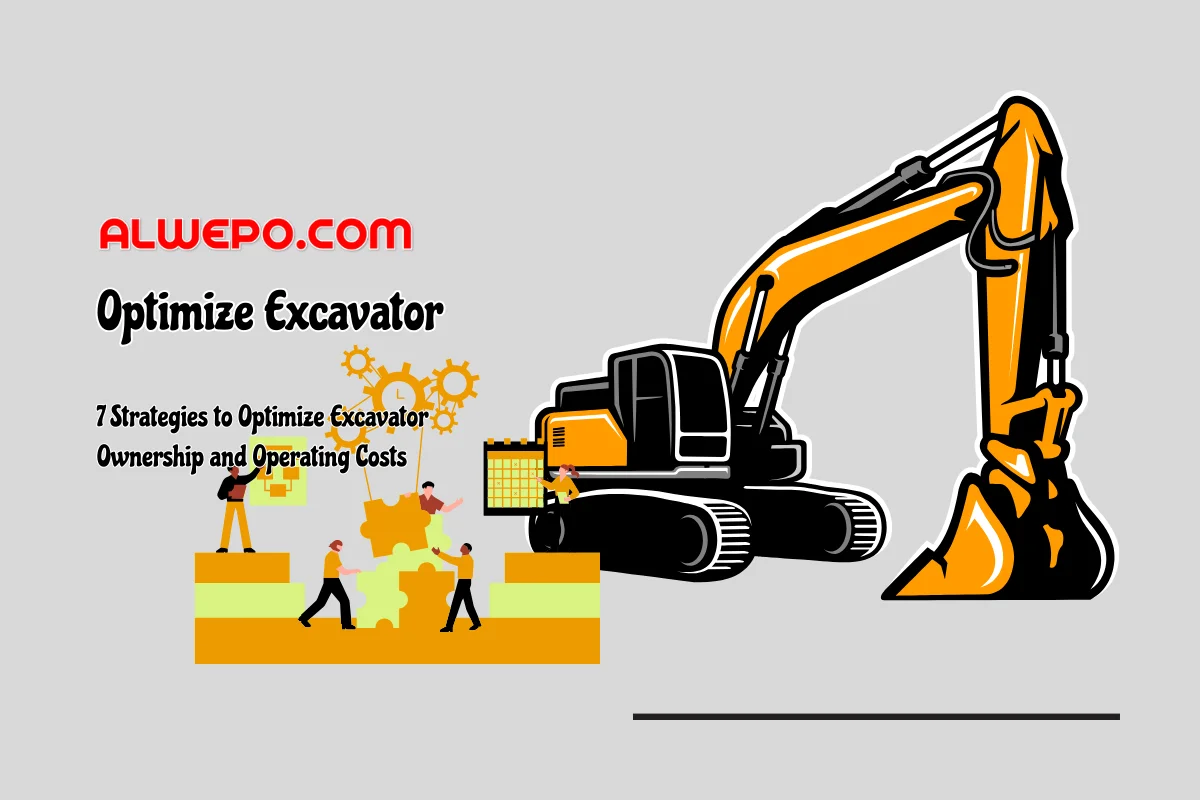Learn how to pick up a load safely with a forklift using this complete step-by-step guide. Discover safety checks, load positioning tips, forklift stability rules, and best practices for beginners and experienced operators.

alwepo.com, Operating a forklift may look simple, but lifting a load incorrectly can cause dangerous accidents, tip-overs, and damage to products or equipment. Whether you’re a new operator or refreshing your skills, learning the correct technique is critical for workplace safety and compliance.
This step-by-step guide explains exactly how to pick up a load safely with a forklift, including pre-operation checks, approach techniques, fork positioning, load stabilization, and essential safety reminders.
1. Why Safe Load Handling Matters
Forklifts are powerful machines, but even a small mistake can lead to injuries or property damage. Poor load handling can cause:
-
Forklift tip-over
-
Load dropping
-
Damaged pallets or products
-
Injuries to workers nearby
-
Violations of workplace safety rules
Following proper loading procedures protects both the operator and everyone in the warehouse.
2. Before You Begin: Pre-Operation Safety Checks
Before touching any load, always perform essential forklift checks. This helps prevent mechanical failure or unsafe handling.
2.1 Inspect the Forklift
Check for:
-
Tire condition
-
Fluid leaks
-
Steering function
-
Brake responsiveness
-
Lights and horn
-
Fork condition (cracks, bends, uneven height)
2.2 Check the Load Capacity Plate
Each forklift has a rated lifting capacity. Never lift a load heavier than this limit. Overloading is the most common cause of forklift instability.
2.3 Wear Proper PPE
Standard personal protective equipment includes:
-
Safety shoes
-
High-visibility vest
-
Gloves
-
Helmet (if required)
Proper preparation is the first step to safe forklift operation.
3. Step-by-Step Guide to Picking Up a Load Safely
Below is the complete, easy-to-follow procedure for safely picking up a load with a forklift.
Step 1: Assess the Load
Before approaching the load, carefully evaluate it.
What to check:
-
Weight of the load
-
Size and shape
-
Condition of the pallet
-
Load stability (is it stacked correctly?)
-
Hazard labels (chemicals, fragile items, etc.)
If a pallet is broken or unstable, replace it before lifting.
Step 2: Position the Forklift Correctly
Line up the forklift in front of the load with precision.
Key points:
-
Approach the load squarely
-
Keep the mast vertical
-
Center the forks with the load
-
Ensure the space is free of obstacles
Correct alignment prevents the load from sliding or becoming unbalanced.
Step 3: Adjust the Forks
Always adjust the forks as wide as possible for maximum stability.
How to do it:
-
Spread forks wide, equidistant from the center
-
Make sure both forks are level
-
Ensure forks fully support the pallet
Wider forks reduce the chance of tipping or shifting.
Step 4: Insert the Forks Under the Load
Slowly drive forward until the forks fully enter the pallet.
Safety tips:
-
Move forward slowly
-
Ensure forks go all the way to the back of the pallet
-
Avoid lifting a load with only half fork support
Partial fork engagement is one of the biggest warehouse risks.
Step 5: Lift the Load Slowly
Once the forks are fully inserted:
Do this:
-
Tilt the mast slightly backward
-
Lift the load a few inches off the ground
-
Ensure the load is stable and centered
-
Do not raise the load too high
A backward tilt helps secure the load and prevents it from sliding.
Step 6: Back Up Carefully
After lifting:
Steps:
-
Reverse straight back
-
Keep checking the surroundings
-
Ensure the load clears nearby objects
-
Stop once you are safely away from racks or obstacles
Never turn while the forks are still near the pallet rack.
Step 7: Travel with the Load Safely
Once the load is stable and clear:
Travel rules:
-
Keep the load low (4–6 inches above floor)
-
Drive slowly
-
Keep the mast tilted back
-
Maintain clear visibility
-
Use spotters if the load blocks your view
-
Avoid sudden movements
A low center of gravity prevents tip-overs.
4. Important Forklift Stability Principles
To lift safely, every operator must understand forklift stability.
4.1 The Stability Triangle
Every forklift balances on a triangle formed by:
-
The two front wheels
-
The pivot point in the rear
If the center of gravity moves outside this triangle, the forklift can tip.
4.2 Load Center Distance
Most forklifts are rated for a 24-inch load center.
If the load is longer, heavier, or uneven, the forklift becomes less stable.
4.3 Tilt Controls
-
Tilt backward when carrying
-
Keep the mast vertical when inserting forks
-
Avoid forward tilt with a raised load
Incorrect tilt causes instability.
5. Common Mistakes to Avoid When Picking Up a Load
Even trained operators sometimes make unsafe errors. Avoid these at all costs:
❌ Lifting a damaged or unstable pallet
❌ Turning with raised forks
❌ Exceeding the forklift’s load capacity
❌ Carrying an off-center load
❌ Driving too fast with a heavy load
❌ Using one fork to lift a load
❌ Not checking blind spots
These mistakes significantly increase the risk of accidents.
6. Extra Tips for Safe Forklift Load Handling
Here are additional best practices to ensure long-term safety:
✔ Keep both hands on the steering wheel
✔ Always sound the horn at intersections
✔ Maintain safe distance from edges or loading docks
✔ Never allow people to walk under raised forks
✔ Use a spotter for tall or wide loads
✔ Ensure the floor is clean and dry before lifting
Good habits prevent accidents before they happen.
7. After Lifting: Where to Place the Load
When placing the load:
Steps:
-
Stop completely
-
Lower the load slowly
-
Make sure the pallet is fully supported
-
Keep forks level
-
Tilt mast forward only when the load is stable
-
Pull forks out slowly
Move away before adjusting the next load.
8. Who Should Operate a Forklift?
Only trained and authorized operators should handle forklifts.
Proper certification includes:
-
Formal instruction
-
Practical training
-
Performance evaluation
Untrained operation is illegal in most countries and extremely dangerous.
Conclusion
Pick Up a Load Safely with a Forklift – Picking up a load safely with a forklift requires skill, attention, and strict adherence to safety procedures. By following this step-by-step guide, operators can prevent accidents, protect inventory, and maintain a safer working environment.
The key principles are simple:
Inspect the forklift. Approach carefully. Position accurately. Lift slowly. Keep the load low. Drive smart.
Master these steps, and you’ll handle forklift operations with confidence and professionalism.














Leave a Reply
View Comments